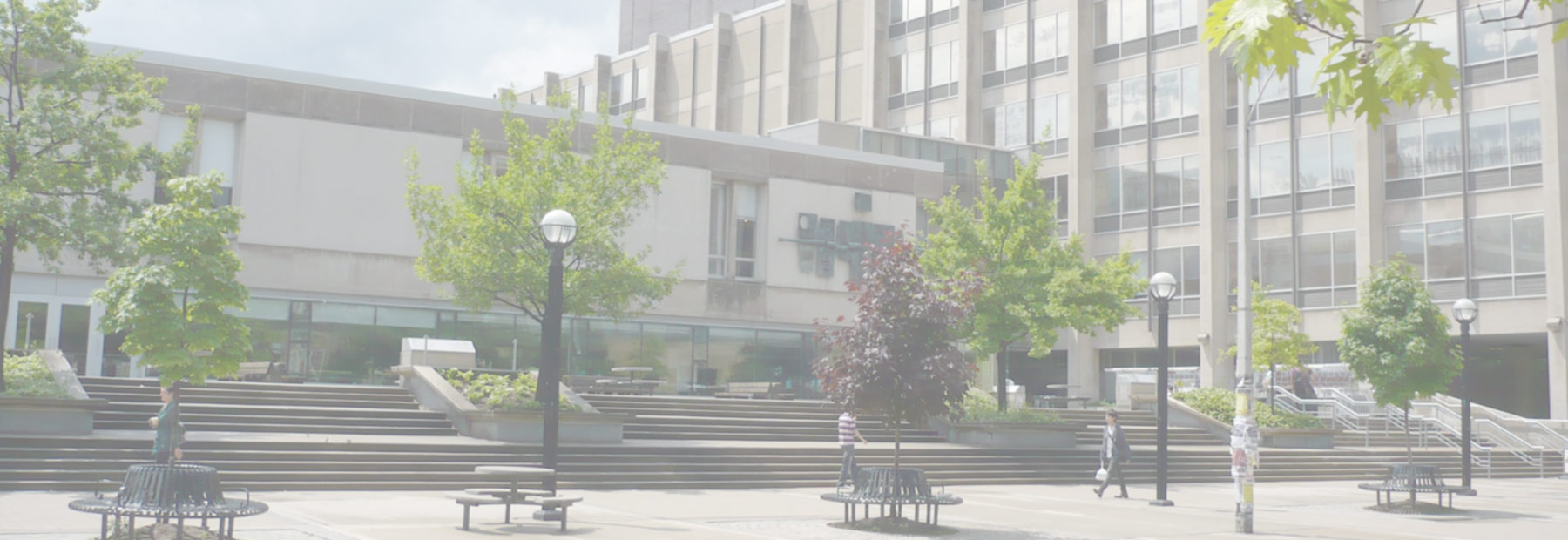This is the final article of the Hidden Canada series – a collaboration between ACO NextGen and students from the University of Toronto. In their seminar on Canadian architecture and landscapes, students were asked to focus on little-studied aspects of the built environment in Canada, or to approach well-known places from a fresh perspective. These articles are the result of their exploration.
Nestled along Thunder Bay’s waterfront is a multi-use landscape that takes inspiration from Indigenous use of land and building techniques. The City of Thunder Bay commissioned the redevelopment, named the Spirit Garden, to give expression to local Indigenous cultures. Central to the waterfront park’s design is the Gathering Circle (2012), an open-air pavilion surrounded by a bentwood structure that provides space for performance, teaching and community building.
The design of the Spirit Garden and its Gathering Circle was a collaboration between Brook McIlory Architects and Ryan Gorrie, an artist, architect and member of Bingwi Neyaashi Anishinaabek (Sand Point First Nation on Lake Nipigon). Gorrie is now a senior associate at Brook McIlroy and has won over 20 awards for his successful designs. The Spirit Garden has become an exemplar for Indigenous place-making in urban Ontario settings – inspiring the Awen’ Gathering Place in Collingwood (2018) and the Thunder Bay Art Gallery (2023).

The Spirit Garden is situated on the traditional land of the Fort William First Nation. Despite the presence of Métis and Ojibway in the area for over 9,000 years, architecture that signaled Indigenous place-making in Thunder Bay was nonexistent before 2011. The construction of the Gathering Circle pavilion set a new precedent to honour the Indigenous communities that continue to live on the land. To Gorrie, “the story behind this is perhaps more important than the thing itself.”
A decade ago, the City of Thunder Bay launched a project to redevelop the waterfront. They aimed to increase access to public green space and celebrate Indigenous community collaboration. Gorrie and Brook McIlroy were chosen through a design competition because their proposal with walking trails, displays of public art, local restaurants, and attunement with Indigenous cultures resonated with the adjudicators.


To ensure this attunement was present, Gorrie and Brook McIlroy hired local Indigenous woodworkers and artists for the project, including Randy and Roy Thomas. Part of the design includes a series of nine Woodland style, laser-cut steel panels that surround the base of the Gathering Circle. Randy Thomas explains that “the images show the animals that represent the air, land, water and fire. The turtle image from the Anishinaabe culture represents this land; North America. The Thunderbirds represent great power. I strongly believe in keeping tradition and to never forget where you come from.”
In addition to celebrating Indigenous arts and culture, the Spirit Garden’s Gathering Circle was built using traditional Indigenous methods. The pavilion is made of local spruce and cedar wood that was harvested by Indigenous woodworkers. The cedar boughs were then attached to the spruce trusses, creating a lattice-like siding. The trees were affixed using a traditional bentwood building technique, where wood is heated to increase its flexibility.



The resulting wood structure is permeable and views of Lake Superior, downtown Thunder Bay, and Marina Park are all visible from inside the space. This feature helps to ensure a connection to the surrounding landscape, an important design tenet that is used in contemporary Indigenous design.
Wanda Dalla Costa suggests that Western design is often at odds with Indigenous culture as Western buildings can stand in the way of the “intrinsic relationships that arise between people and their surroundings.” The Gathering Circle facilitates these relationships – people can view and engage with the environment from within the space.
The Spirit Garden has become a model for Indigenous place-making across Ontario. In fact, Brook McIlroy designed a second sculptural pavilion seven years after the Spirit Garden’s Gathering Circle was completed. The Collingwood site, named Awen’ Gathering Place, also evokes Anishinaabe teachings. The site represents the Seven Ancestor Teachings and links them to the layers of the neighbouring food forest.



Awen’ Gathering Place was one of the first projects to be completed by Brook McIlroy’s Indigenous Design Studio. The Studio is led by Indigenous architects who combine design tenets from many Indigenous communities with sustainable development and place-keeping.
Ryan Gorrie and Brook McIlroy’s projects across Ontario increase the representation of Indigenous culture in urban contexts. The Spirit Garden’s Gathering Circle gives expression to Indigenous histories of the land, and at the same time, highlights the artistry and craftsmanship of current Indigenous communities. Today, it is an important place of assembly for the city’s residents and provides an inclusive space where residents can celebrate, reflect, and protest. For the broader population, it sets a precedent of Indigenous place-making that is long overdue.
This article was originally published by ACO NextGen on June 29, 2021; reprinted with permission.


